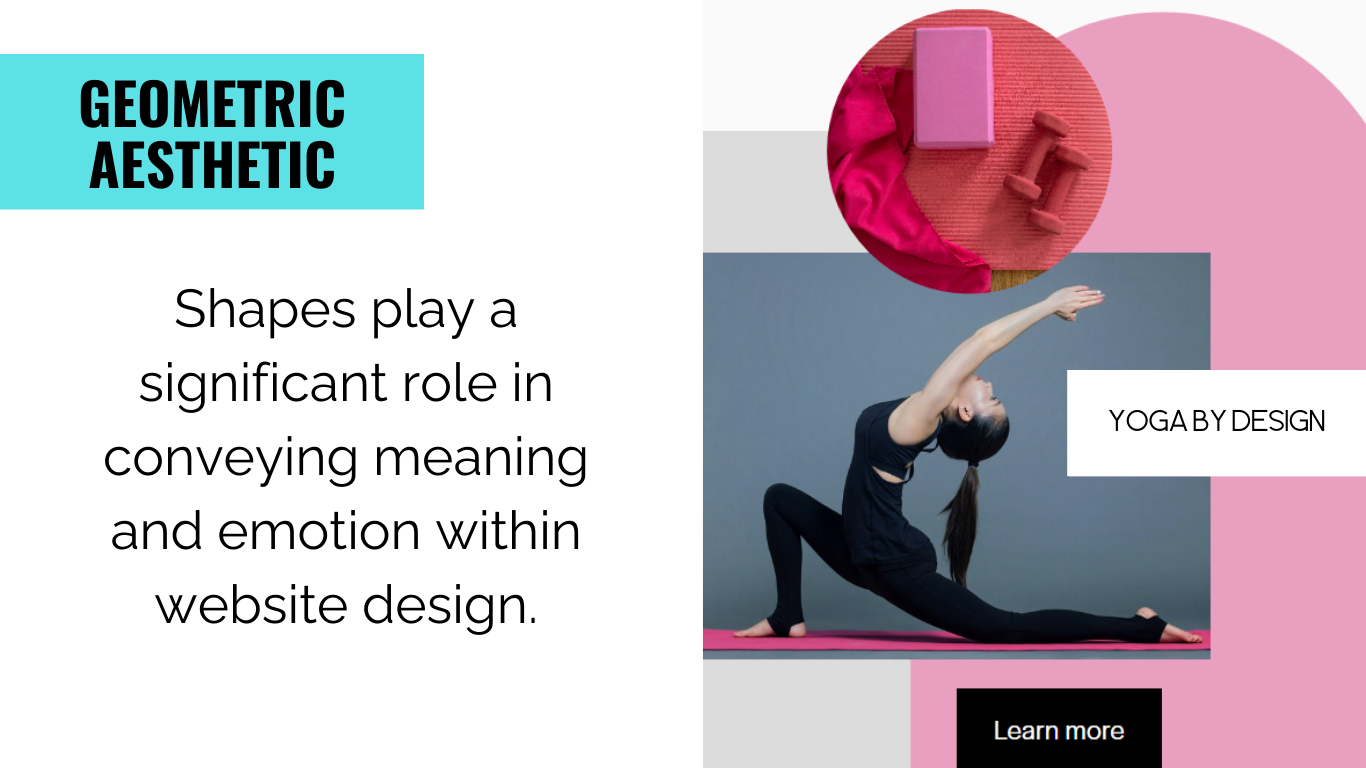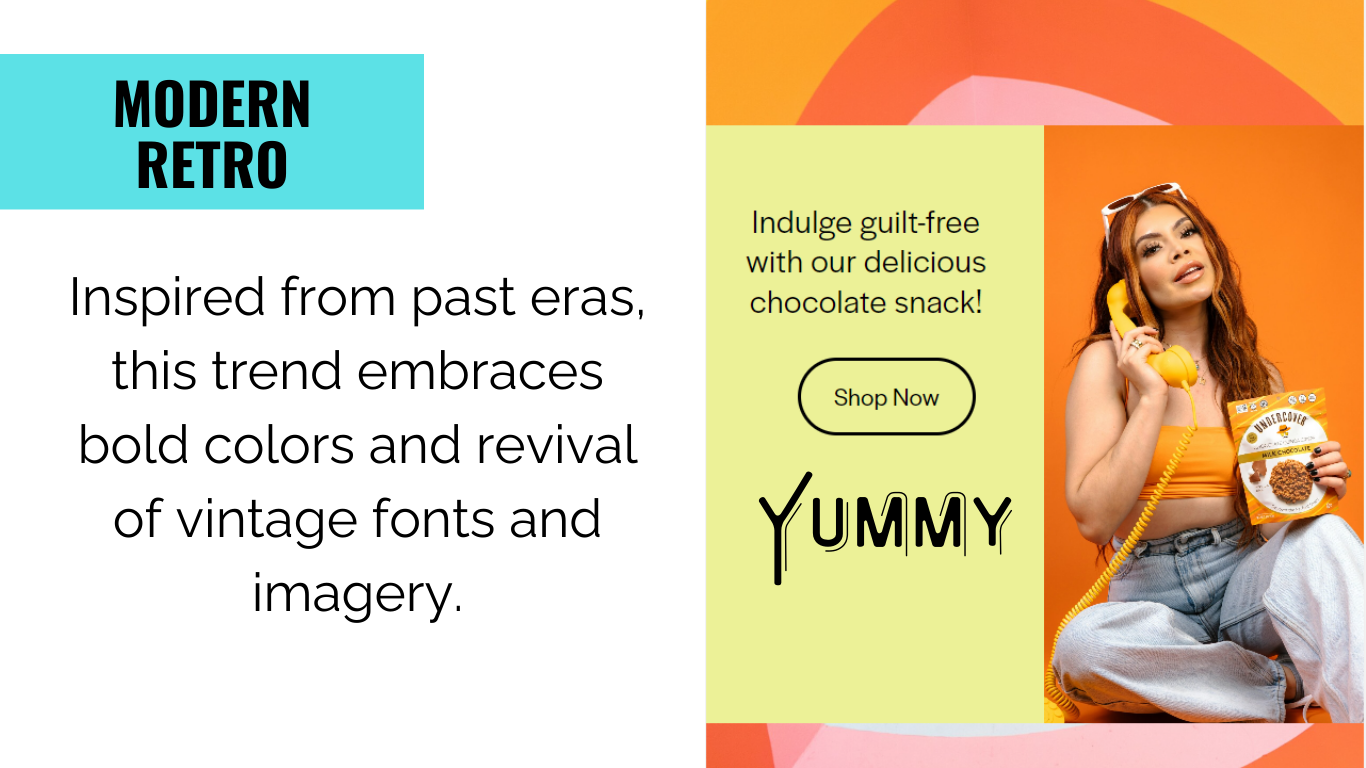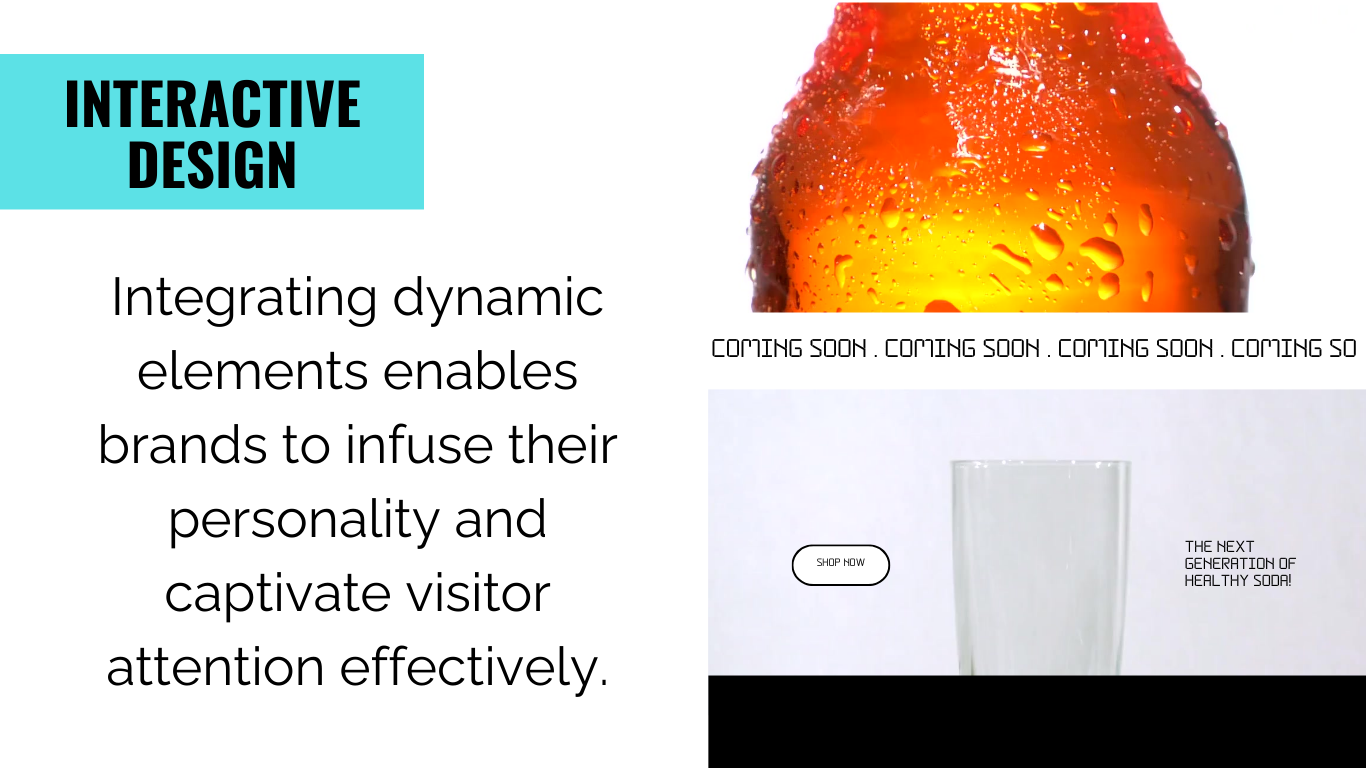Elevate Your Online Presence: Top 2024 Website Design Trends!
In recent times, the landscape of website design has shifted towards embracing animation and interactive elements with vibrant colors and intricate visuals taking the forefront. This shift has infused a sense of playfulness into design aesthetics.
As we transition into 2024, there's a noticeable inclination towards incorporating dynamic movement into web design. Brands are leveraging animation, moving components, and illustrations to captivate their audience. The overarching objectives of modern web design in 2024 revolve around fostering engagement and delivering an authentic brand experience that resonates with visitors at every interaction.
For brands, staying abreast of website design trends and understanding user preferences are paramount in making informed decisions that bolster web traffic, engagement, and ultimately, conversions in the ever-evolving digital landscape of 2024.
Here are some top 2024 website design trends to incorporate into your website to transform your web presence:
Geometric Aesthetic
Shapes play a significant role in conveying meaning and emotion within website design. Designers are increasingly harnessing the power of shapes to influence viewers, strategically incorporating them to frame headings, images, products, and calls-to-action (CTAs), thereby enhancing their prominence and visual appeal.
In 2024, geometric shapes and fonts emerge as a prominent graphic design trend, reflecting the ongoing evolution of design aesthetics.
Modern Retro
In 2024, there's a notable shift in web design trends away from recent minimalism, as designers draw inspiration from past eras such as the vibrant and uninhibited designs of the 90s or the colorful exuberance of the 70s.
This resurgence embraces bold, contrasting colors, unconventional presentations that defy traditional norms, and a revival of vintage fonts and imagery.
A unique fusion of modern aesthetics and Y2K nostalgia emerges, characterized by a tech-savvy interpretation of the turn of the millennium era.
Minimalism Revival
Minimalism revival brings back the "less is more" principle, focusing on simplicity, clean lines, and essential elements for calm and clarity. It uses white space, clear typography, and reduced visual clutter for efficient user experiences. In modern times, it incorporates intentional disorder and vibrant colors while maintaining simplicity. Prioritize content organization, minimal navigation, high-quality imagery, and purposeful animations for a minimalist yet visually appealing design.
Interactive Design
Effective interactive design elements not only pique curiosity but also enhance user engagement on websites. By incorporating meaningful interactions, brands can express their identity while naturally guiding users deeper into the site.
Simple yet impactful design concepts, such as hover effects and interactive clickable and scrollable elements, have the potential to foster deeper engagement among users. By integrating fun interactive elements like color tone changes upon hovering over images, ample scrolling opportunities, and numerous clickable buttons, websites can encourage visitors to interact with the content even before they consciously realize it. Emerging trends in interactive web design include micro animations on geometric shapes, typography that reacts to scrolling, and scrapbook-style imagery, offering a unique and subtler approach to engaging users.
Studies show that nearly 70% of individuals favor watching brief videos over engaging with other content formats. Hence, it's hardly unexpected that dynamic videos or animations in headers are a prevailing design trend in 2024. Integrating dynamic elements enables brands to infuse their personality and captivate visitor attention effectively. It offers viewers a quick visual glimpse into the brand narrative and essence.
Consider creating an animated logo or incorporating short videos above the fold to explore this website trend and ascertain its suitability for your brand. However, it's crucial to maintain a balance between creativity and practicality, as excessive animations can lead to longer loading times. Prioritize optimizing loading times while integrating animations to ensure a seamless user experience.
Bold Typography
Designers are harnessing the power of bold, attention-grabbing typography to make impactful statements, captivate users' attention, and convey messages concisely. This trend focuses on creating a strong visual presence, where strategically used bold fonts can effectively guide users through a website, emphasize crucial information, and establish a visual hierarchy.
Furthermore, bold typography presents designers with an opportunity to articulate a brand's personality and solidify its identity within mere seconds of interaction.
While sans-serif fonts have long been favored by designers for their legibility and adaptability to various screen sizes, there's a growing weariness with relying solely on a single font type. In 2024 and beyond, anticipate a significant resurgence of serif fonts, offering a fresh take on typographic design.
Gaussian Blur
The Gaussian blur, known for its minimalist and subtly psychedelic effect, offers a calming ambiance to web design. It effectively directs viewer attention and emphasizes specific areas of a page. This trend remains highly sought-after due to its simplicity to implement, artistic enhancement, noise reduction, and enhancement of visual depth on the page.
Conclusion
A successful website design begins with fundamental elements such as a robust domain name, a compelling logo, and a cohesive brand identity. Launch your business online today with customized content, tailored images, and integration of the latest design trends that align with your brand. You'll have your website up and running smoothly in no time!






